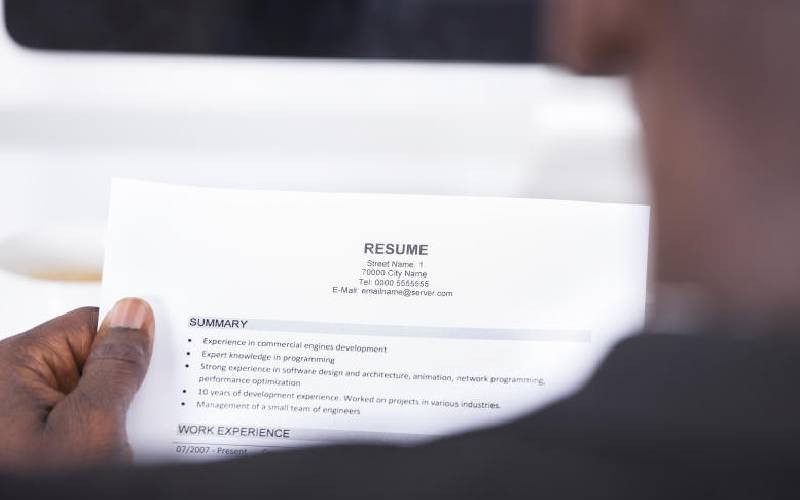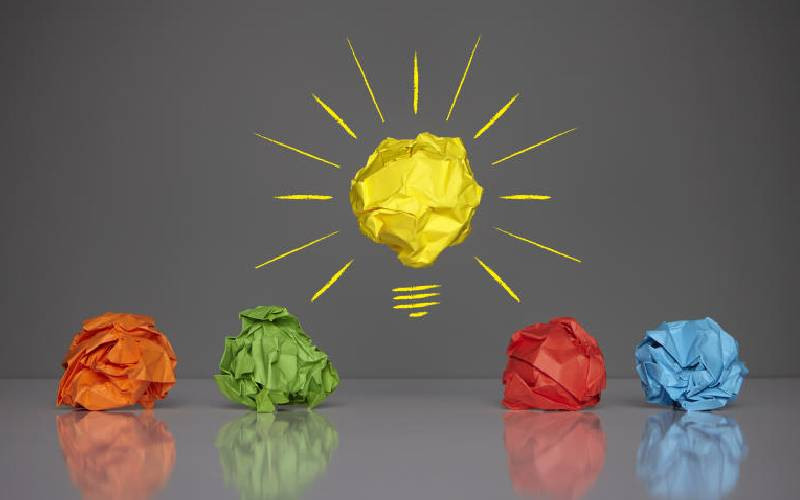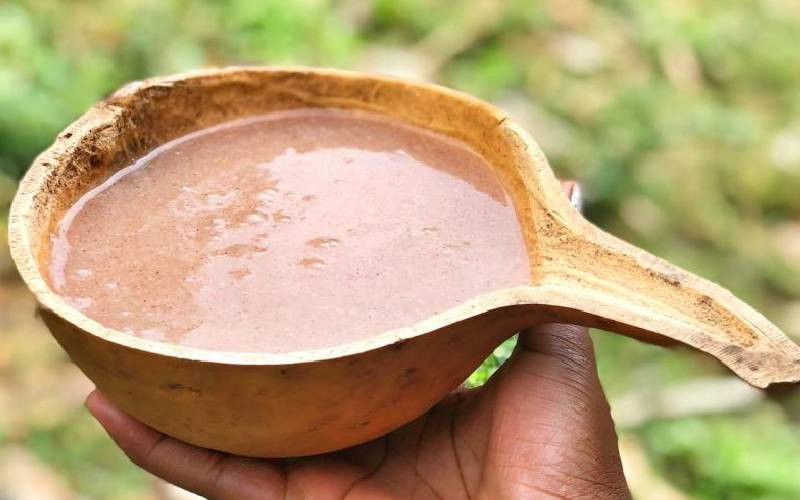
Kenya’s focus on foods and beverages is partly to blame for the lack of competitiveness of the country’s manufactured goods on the global market.
The Kenya Association of Manufacturers (KAM) describes these exports as “poor country goods,” insisting that for the sector to thrive, the country needs to produce “sophisticated” products to maximise its manufacturing potential.
The report titled Manufacturing Priority Agenda (MPA) 2024 notes that food and beverages have always constituted a majority of the country’s exports.
The report tabulates this trend from 2014 when food and beverages constituted 40.84 per cent, 44.68 per cent in 2015, 45.17 per cent in 2016, 47.95 per cent in 2017, 47.66 per cent in 2018, 44.22 per cent in 2019, 46.4 per cent in 2020, 43.06 per cent in 2021 and 43.07 per cent in 2022.
Food and beverages are always followed by industrial supplies, which stood at between 27.02 per cent and 28.51 per cent in the same period and consumer goods, which stood at 24.7 per cent in 2022.
During this period, the report notes, the share of domestic exports of fuel and lubricants increased from 0.91 per cent in 2021 to 1.34 per cent in 2022, largely driven by domestic exports of primary fuel and lubricants.
“However, there was a contrasting trend in the share of domestic exports of machinery and other capital equipment, which declines from 1.7 per cent in 2021 to 1.41 per cent in 2022,” the report says.
KAM notes that countries that specialise in sophisticated products generally experience faster economic growth.
- Kakamega: Health services in jeopardy over Sh27m debt and a court order
- Union wants state to employ graduates as public health officers
- Dr. Edith Kwobah: A legacy of resilience and compassion in mental health
- Kakamega county hires 14 doctors on contract
Keep Reading
And when other factors are equal, nations focusing on goods similar to those exported by wealthy economies are more likely to see accelerated growth compared to those specialising in other types of goods.
“Wealthy nations typically produce goods characteristic of their economic status, while countries manufacturing goods associated with less prosperous economies often remain in a similar economic state,” says the manufacturers’ lobby.
Essentially, says KAM, countries shape their economic destinies based on the products they manufacture.
“Most of our exports comprise food and beverages, which can be said to be poor country goods. Production of sophisticated goods is only possible through manufacturing,” it adds.
The contribution of manufacturing to the country’s Gross Domestic Product (GDP) currently stands at 7.2 per cent, with KAM detailing the intention to expand this to 20 per cent by 2030.
The lobby says the country needs high and sustained economic growth to make significant progress in reducing poverty.
“One of the major challenges which Kenya currently faces is how to generate productive jobs and livelihoods for the more than 800,000 young people entering the labour force each year,” says KAM.
When manufacturing takes off, says the lobby, it can generate millions of jobs for both the skilled and unskilled workers, often youth and women, who would otherwise find themselves employed in traditional agriculture or informal and non-tradable services such as street vending, shoe shining, food vending, hairdressing, or barber services.
“It is also the manufacturing sector where the world’s middle class takes shape and grows through job creation, income growth and access to goods and services,” says the report.
Without a vibrant manufacturing base, societies tend to divide between rich and poor – those that have access to steady, well-paying jobs, and those whose jobs are less secure and lives more precarious,” it adds.
The government has been keen to expand the country’s export basket to include other products other than food and beverages, such as leather and leather products and building and construction materials.
The government has also identified agro-processing, which involves tea, coffee, sugar, dairy, fruits and vegetables with plans to reduce post-harvest estimated to be 20 to 50 per cent, garments and textiles, dairy products, edible and crop oils, tea and coffee, and the sugar subsector.
The recent interest in the textiles and garments sector through Export Processing Zones (EPZs) has been instrumental in reducing the trade gap between Kenya and the United States, which President William Ruto recently highlighted during the fourth edition of the American Chamber of Commerce (AmCham) Kenya business summit.
He noted that between 2015 and 2022, Nairobi’s trade deficit with Washington narrowed significantly from Sh85 billion in 2015 to Sh13 billion in 2022.
Kenya’s leading export to the US is textiles and apparel with notable brands like Levi sourcing from the country.
“Industrialisation, that is, the rise of the manufacturing sector, remains the main hope of developing countries, Kenya included, that are trying to increase their levels of income and alleviate poverty,” says KAM.
 The Standard Group Plc is a multi-media organization with investments in media platforms spanning newspaper print
operations, television, radio broadcasting, digital and online services. The Standard Group is recognized as a
leading multi-media house in Kenya with a key influence in matters of national and international interest.
The Standard Group Plc is a multi-media organization with investments in media platforms spanning newspaper print
operations, television, radio broadcasting, digital and online services. The Standard Group is recognized as a
leading multi-media house in Kenya with a key influence in matters of national and international interest.











